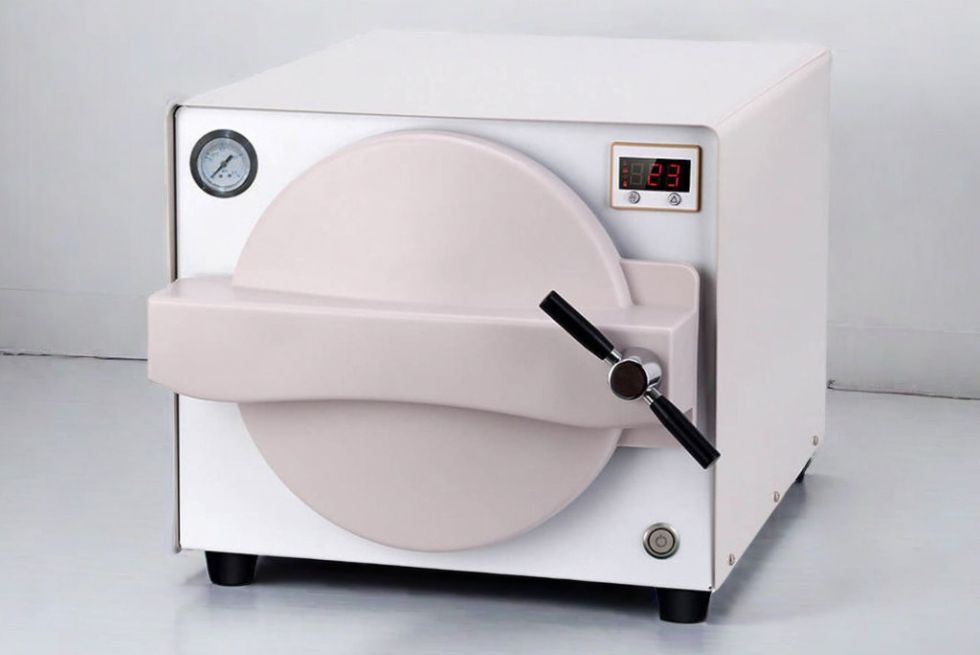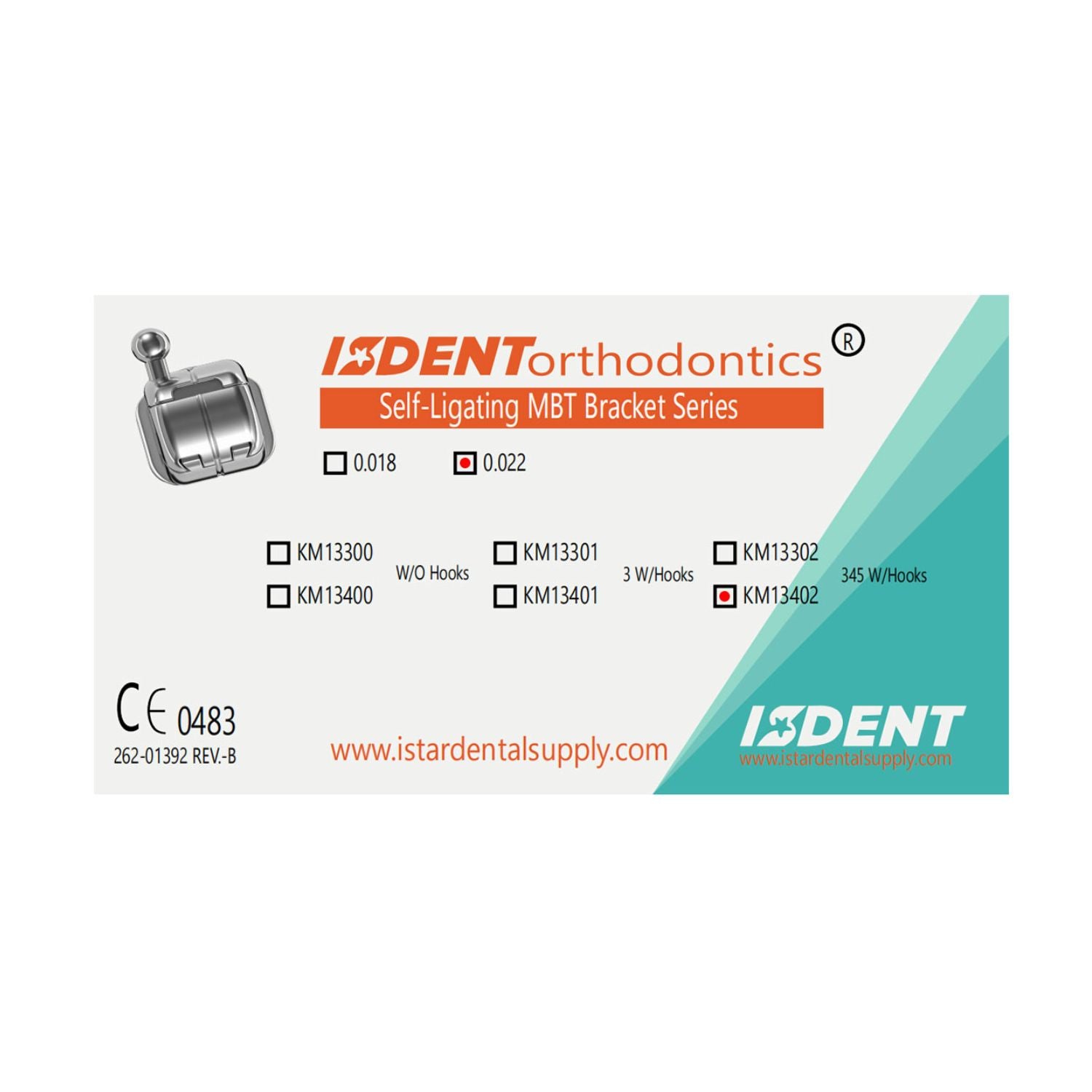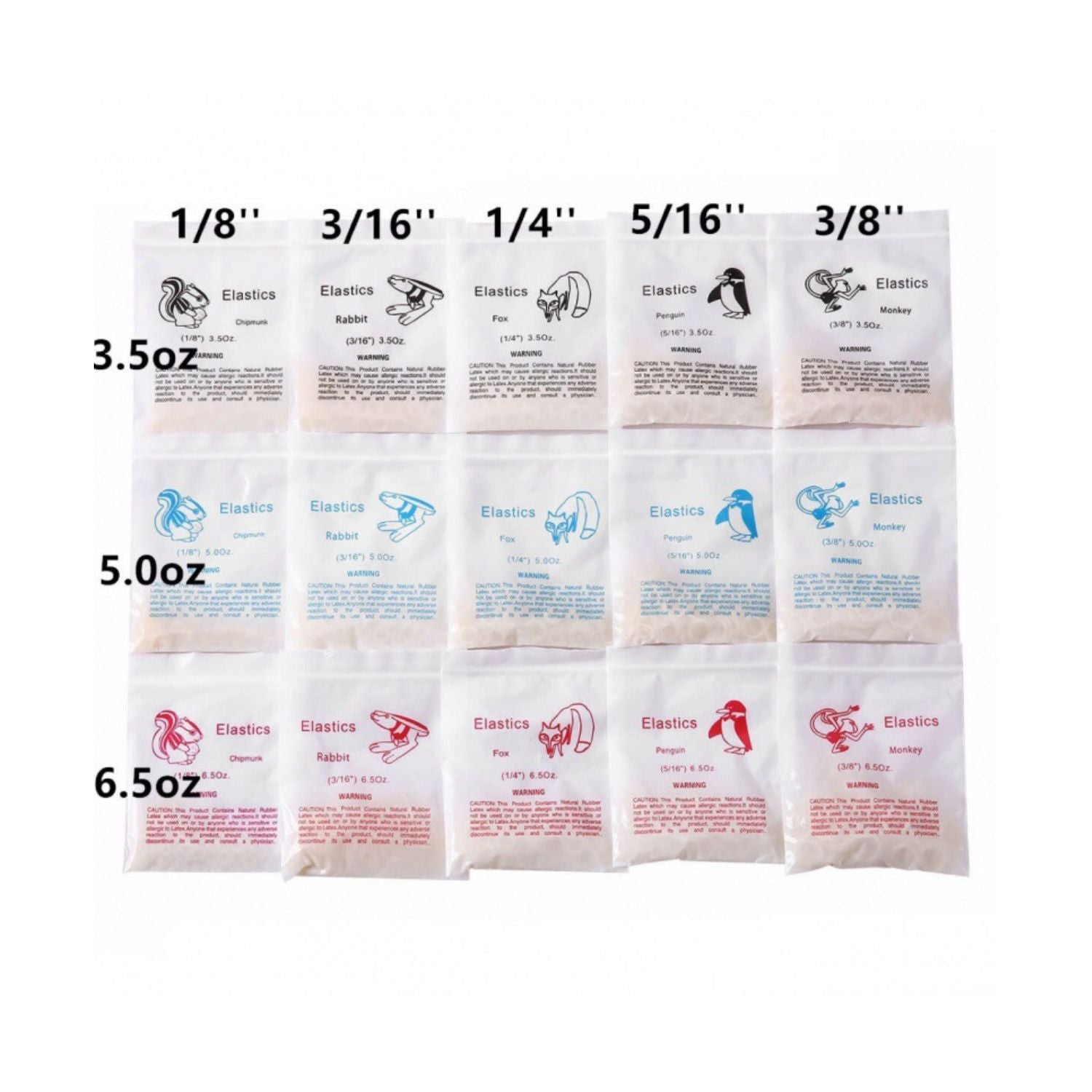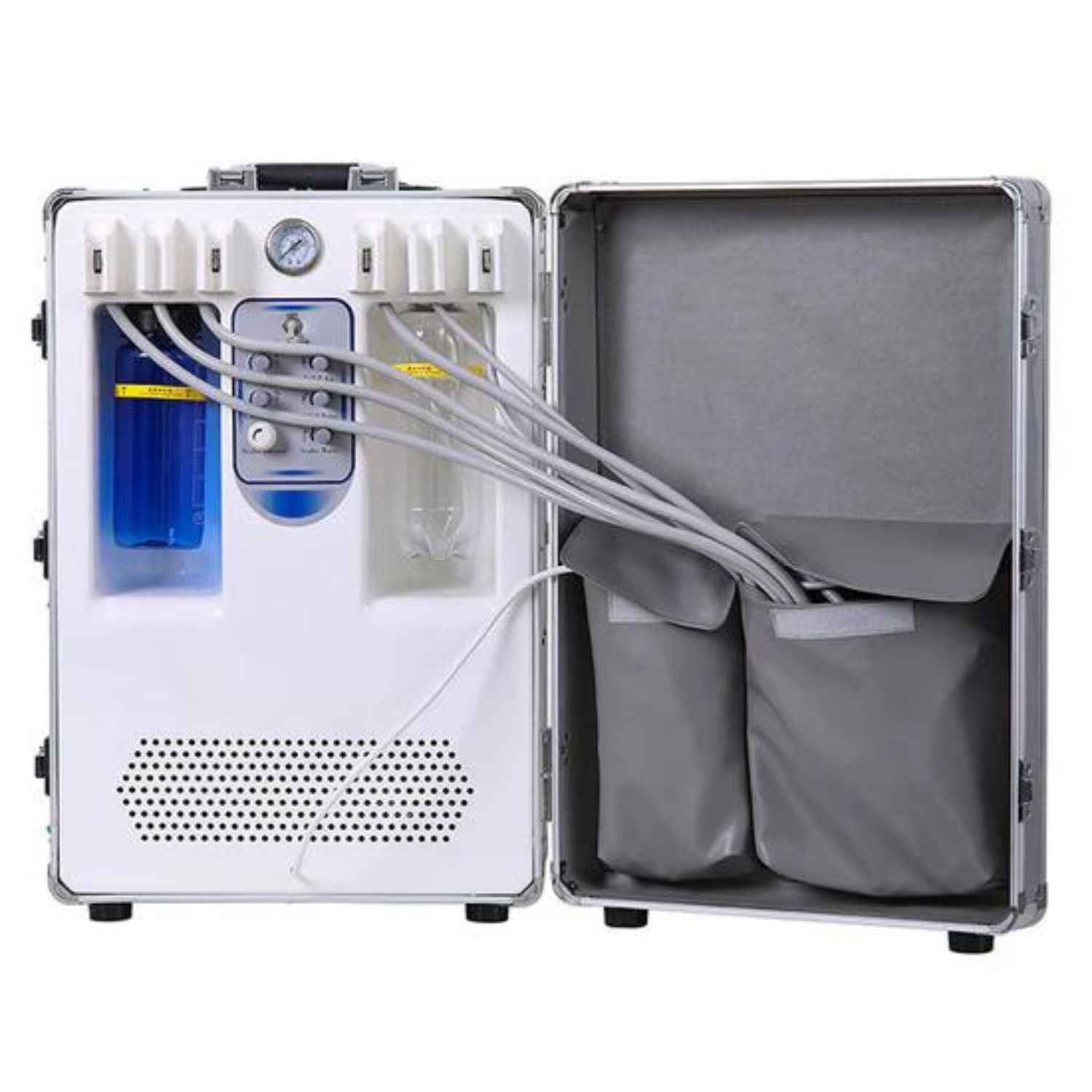Sterilization is a critical aspect of dental practice, ensuring that instruments are free from any microorganisms that could pose a risk to patients.
Autoclaves are the most reliable and efficient method for sterilizing dental instruments, using steam under pressure to eliminate bacteria, viruses, and spores.
This article explores the importance of autoclave sterilization in dentistry, covering essential topics such as the definition, types, procedures, and market trends related to dental autoclaves.
Autoclave Medical Definition
An autoclave is a device used to sterilize medical and laboratory instruments by subjecting them to high-pressure saturated steam at a specific temperature and duration.
The process involves heating water to produce steam, which then displaces the air in the chamber and penetrates the instruments. The combination of heat, pressure, and moisture destroys all forms of microbial life, making the instruments safe for reuse.
Autoclaves are widely used in various medical fields, including dentistry, due to their effectiveness in achieving complete sterilization.
Types of Autoclave in Dentistry
There are several types of autoclaves used in dentistry, each designed to meet specific needs:
Gravity Displacement Autoclaves: These are the most common type used in dental practices. They work by displacing air in the chamber with steam, forcing the air out through a vent. This type is suitable for solid, unwrapped instruments and simple loads.
Pre-Vacuum (Class B) Autoclaves: These autoclaves use a vacuum pump to remove air from the chamber before introducing steam. This ensures better penetration of steam into wrapped instruments and porous loads, making them ideal for more complex sterilization needs.
Statim (Cassette) Autoclaves: These are compact, fast-acting autoclaves designed for smaller loads and quick turnaround. They use a small chamber and high-pressure steam to sterilize instruments rapidly, making them useful in busy dental practices.
Hybrid Autoclaves: These devices combine features of both gravity displacement and pre-vacuum autoclaves, offering versatility in handling various types of loads.

Dental Autoclave Procedure
The dental autoclave procedure involves several steps to ensure proper sterilization:
Loading: Instruments are placed in the autoclave's chamber, either unwrapped or in specialized packaging. It's essential to avoid overloading the chamber to allow proper steam circulation.
Air Removal: In pre-vacuum autoclaves, air is removed from the chamber to facilitate steam penetration.
Steam Sterilization: The autoclave is heated to a specific temperature (usually 121-134°C) and pressure (15-30 psi). The instruments are exposed to these conditions for a predetermined time, typically ranging from 15 to 30 minutes.
Drying: After the sterilization cycle, the instruments are dried, either through heat or vacuum, to prevent corrosion and maintain sterility.
Unloading: Once the cycle is complete, instruments are carefully removed from the autoclave, allowed to cool, and stored in a sterile environment.
How to Sterilize Dental Instruments in an Autoclave
Proper sterilization of dental instruments in an autoclave requires attention to detail and adherence to specific protocols:
Pre-Cleaning: Before autoclaving, instruments should be thoroughly cleaned to remove any debris or organic material. This can be done manually or with ultrasonic cleaners.
Packaging: Instruments can be sterilized either unwrapped or in specialized packaging, depending on the type of autoclave and the nature of the instruments. Wrapped instruments are preferred for maintaining sterility after the cycle.
Loading the Autoclave: Instruments should be arranged in the autoclave to allow steam circulation. Avoid overloading, as this can prevent proper sterilization.
Choosing the Right Cycle: Select the appropriate cycle based on the type of instruments and their packaging. Follow the manufacturer's guidelines for time and temperature.
Monitoring and Verification: Use chemical indicators, biological indicators, and mechanical indicators to verify the effectiveness of the sterilization process.

Dental Autoclave Temperature
The temperature is a critical factor in the autoclave sterilization process. Most dental autoclaves operate at temperatures between 121°C (250°F) and 134°C (273°F).
The choice of temperature depends on the type of load and the desired sterilization time. Higher temperatures generally reduce the time required to achieve sterilization.
However, it's essential to ensure that the selected temperature is suitable for the materials being sterilized, as excessive heat can damage sensitive instruments.
Dental Autoclave Market
The dental autoclave market is growing, driven by increasing awareness of infection control and the rising number of dental procedures. Several factors contribute to this growth:
Technological Advancements: Modern autoclaves are more efficient, user-friendly, and capable of handling complex loads. Innovations like touch-screen controls, automated cycles, and advanced monitoring systems enhance their usability.
Regulatory Compliance: Stringent regulations and guidelines for infection control in dental practices necessitate the use of reliable sterilization equipment. Autoclaves that meet international standards are in high demand.
Expansion of Dental Services: The increasing prevalence of dental diseases and the growing emphasis on oral hygiene have led to a rise in dental clinics and hospitals, boosting the demand for dental autoclaves.
Market Players: Key players in the dental autoclave market include manufacturers such as Midmark, Tuttnauer, and SciCan. These companies offer a range of products catering to different needs and budgets.
Choosing the Right Dental Autoclave
Selecting the right autoclave for a dental practice is crucial for ensuring effective sterilization. Consider factors such as the types of instruments used, the volume of procedures, available space, and budget.
Additionally, look for features like cycle options, drying capabilities, and ease of use. Consulting with a reputable supplier and reviewing product specifications can help in making an informed decision.
Maintenance and Care of Dental Autoclaves
Proper maintenance of dental autoclaves is essential to ensure their longevity and effectiveness. Regular servicing, cleaning, and calibration are necessary to keep the equipment in optimal condition.
It's also important to follow the manufacturer's guidelines for maintenance and to keep records of all maintenance activities. Proper care not only extends the life of the autoclave but also ensures the safety and sterility of dental instruments.
Conclusion
Autoclave sterilization is a cornerstone of infection control in dental practices. By understanding the different types of autoclaves, following proper sterilization procedures, and choosing the right equipment, dental professionals can ensure the safety of their patients and maintain a sterile environment.
The growing dental autoclave market reflects the increasing emphasis on infection control and the need for advanced, reliable sterilization solutions.
As technology continues to evolve, dental practices can look forward to even more efficient and effective autoclave systems in the future.







